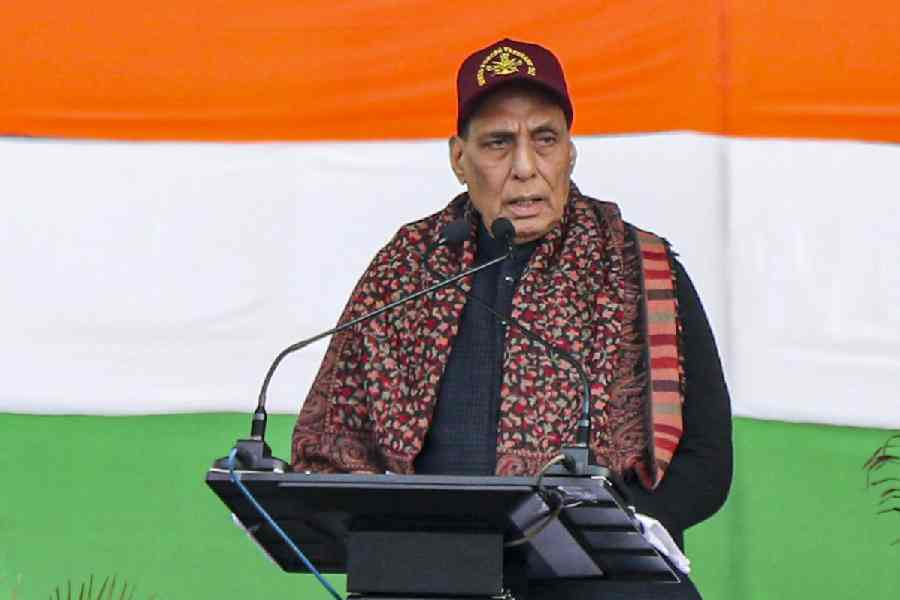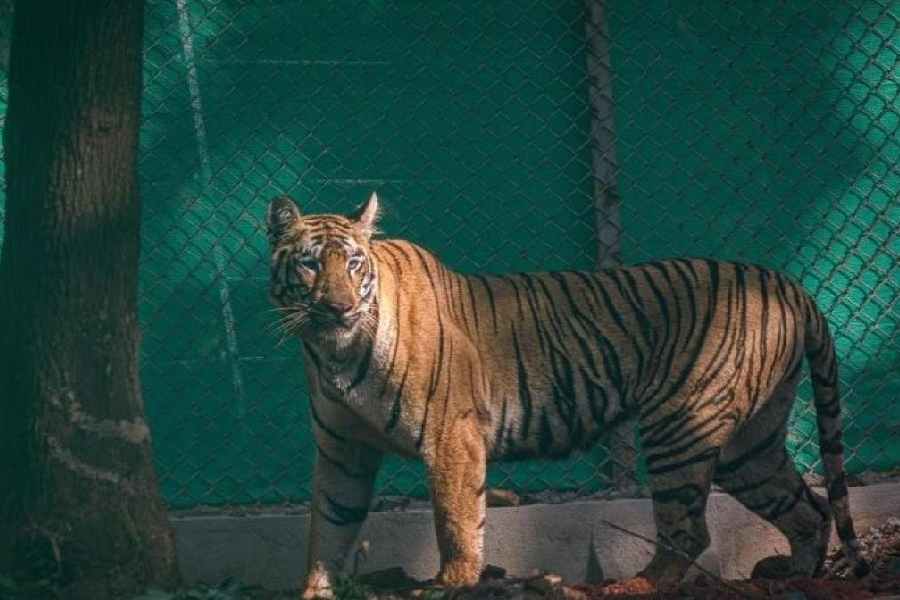The Supreme Court appointed Committee of Administrators (CoA) has put the Odisha Cricket Association (OCA) in the “substantially compliant” category of state associations in light of Lodha Committee reforms.
In pursuance of Supreme Court directions, the OCA had reworked its existing by-laws to mirror the new BCCI constitution and submitted it to the CoA. The apex court had approved the BCCI constitution.
The CoA in its status report submitted to the Supreme Court has listed the OCA among the 17 state associations in the “substantially compliant” category. The report has placed 10 state associations in the “partially compliant category” and seven in “non-compliant category”.
While submitting the status report on October 29, the CoA sought fresh clarifications from the state associations that had submitted draft by-laws for approval.
Legal adviser to the OCA Dayananda Mohapatra said on Sunday that the CoA had asked the associations “to confirm that membership of social clubs has been divorced from administration of cricket in conformity with the recommendations of the Lodha Committee report”.
“We have already complied with the query and communicated to the CoA that all clubs have been removed from the membership structure constituting members with voting rights,” Mohapatra said.
He said while assessing compliance by state associations, the CoA in its status report had not insisted on any particular process for preparation of the new by-law.
In the case of the OCA, before preparation of the new by-law there were 74 full members with voting rights, while Cuttack had a lion’s share of 36 members, including 20 clubs, 10 schools and five colleges.
“But in the changed scenario the number of full members has dropped to 36, consisting of 30 district units and Bhubaneswar, along with Ravenshaw University, Kalinga Institute of Industrial Technology (KIIT), Paradip Port Trust, Rourkela Steel Plant and Railways, as the five other members,” Mohapatra said.
The Lodha Committee had observed: “Where clubs are members, a few powerful interests control several cricket clubs, thereby positioning themselves for easy election with a sizeable chunk of the convenient electorate. New entrants are discouraged and muzzled out of contention. Some associations even exclude former Indian cricketers from membership (including legendary performers), without any basis, and ensure that the association functions more as a social club controlled by a few families.”
“The priority often seems to be to have an exclusive venue with bar and dining facilities with other recreational avenues for the members, and not the promotion of cricket. Tickets to games are also distributed as largesse among members as entitlement, thereby shrinking their availability to the public at large,” the Lodha Committee had observed.











